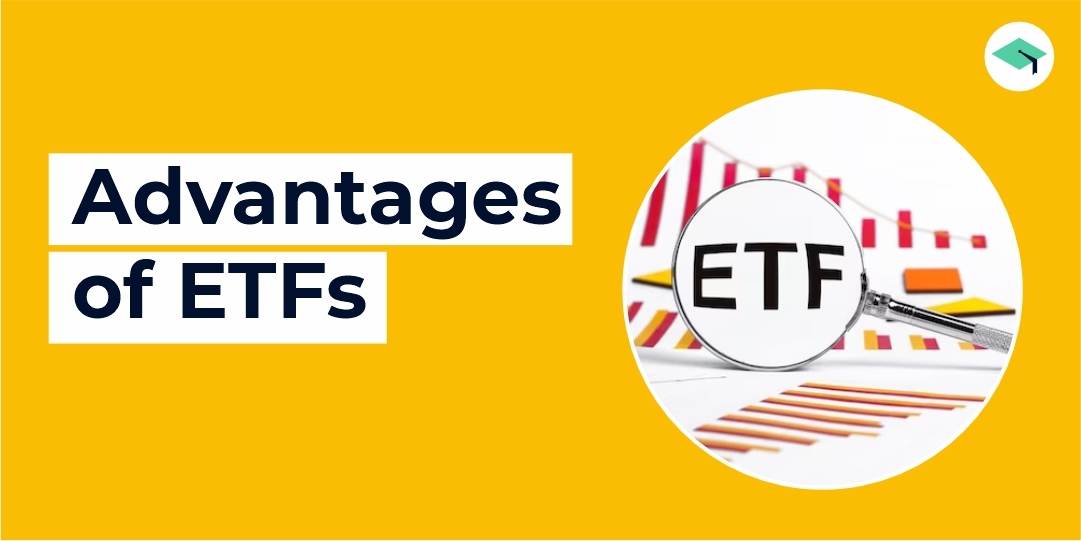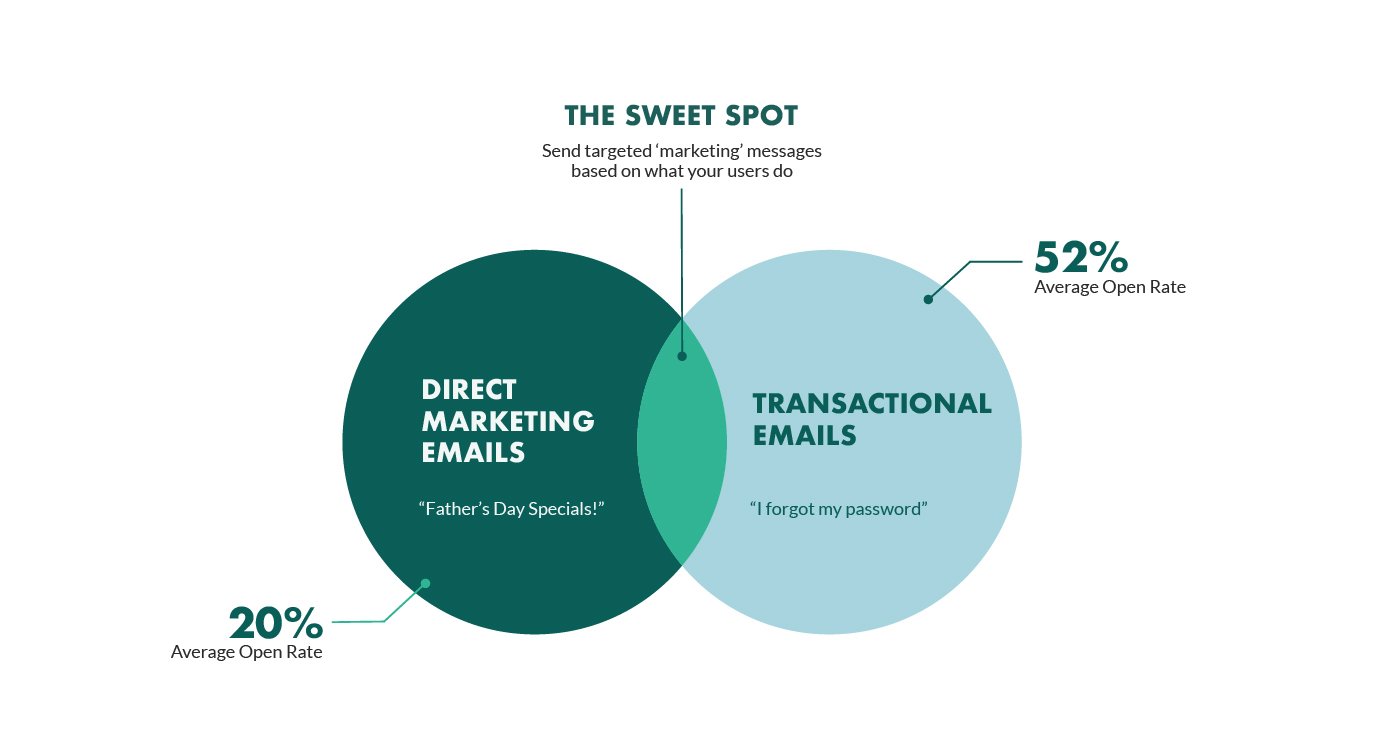
Investing can often feel like navigating through a dense forest of options, each promising unique benefits and opportunities. In this vast landscape, Exchange-Traded Funds (ETFs) have emerged as versatile tools that offer investors a streamlined approach to building diversified portfolios. In this comprehensive guide, we will delve into the world of ETFs, exploring their structure, benefits, and how they can be effectively utilised to construct diverse portfolios tailored to individual investment goals.
Understanding ETFs
ETFs come in various forms, each serving a specific investment purpose. Equity ETFs track the performance of a particular stock index, providing investors with exposure to a broad range of companies within that index. Fixed-income ETFs, on the other hand, invest in bonds and other debt instruments, offering investors access to income-producing assets. Commodity ETFs track the price of commodities such as gold, oil, or agricultural products, allowing investors to gain exposure to these markets without directly owning the physical assets.
Another type of ETF is the sector ETF, which focuses on a specific sector of the economy, such as technology, healthcare, or energy. These ETFs enable investors to target their investments towards industries they believe will outperform the broader market. International ETFs provide exposure to foreign markets, allowing investors to diversify their portfolios globally and benefit from growth opportunities in other countries.
One of the key advantages of ETFs is their low expense ratios compared to traditional mutual funds. Additionally, ETFs offer liquidity, allowing investors to buy and sell shares throughout the trading day at market prices. This flexibility makes ETFs an attractive option for both short-term traders and long-term investors. Investors often seek guidance on the best ETF to buy now to capitalise on current market conditions. While specific recommendations may vary based on individual investment goals and risk tolerance, ETFs offer a wide range of options to suit various strategies and preferences.
Building Diverse Portfolios with ETFs
There are several approaches to building diverse portfolios using ETFs. One popular strategy is the core-satellite approach, which involves using a combination of core holdings and satellite investments. Core holdings typically consist of broad-based ETFs that provide exposure to major asset classes, such as stocks and bonds. These core holdings form the foundation of the portfolio and provide stability and diversification. Satellite investments, on the other hand, focus on specific themes or strategies, such as sector rotation, emerging markets, or dividend investing. These satellite investments can enhance returns and provide additional diversification beyond the core holdings.
Asset allocation is another critical aspect of portfolio construction. By determining the appropriate mix of asset classes based on risk tolerance and investment goals, investors can use ETFs to implement their asset allocation strategies effectively. For example, a conservative investor may allocate a more significant portion of their portfolio to fixed-income ETFs, while a more aggressive investor may favour equity ETFs for higher growth potential. Regular rebalancing and monitoring of the portfolio are essential to ensure that it remains aligned with the investor’s objectives over time.
Evaluating ETFs for Investment
When evaluating ETFs for investment, it’s essential to conduct thorough research and analysis. Fundamental analysis involves examining the underlying assets held by the ETF, assessing expense ratios and other costs, and analysing historical performance and tracking errors. By understanding the composition and characteristics of an ETF, investors can make informed decisions about its suitability for their portfolio.
Technical analysis can also be used to identify trends and patterns in ETF price movements, helping investors make informed decisions about entry and exit points. By analysing charts and technical indicators, investors can identify potential buying or selling opportunities and better time their trades. However, it’s essential to remember that technical analysis is just one tool in the investor’s toolkit and should be used in conjunction with other forms of analysis for a comprehensive investment approach.
Implementing an ETF Investment Strategy
Implementing an ETF investment strategy requires careful planning and execution. Investors should start by setting clear investment objectives and determining their risk tolerance. From there, they can create an investment plan that incorporates ETFs to achieve their goals. Whether it’s building a diversified portfolio, targeting specific market sectors, or hedging against market volatility, ETFs can be used to implement a wide range of investment strategies.
Regular monitoring of the portfolio is essential to ensure that it remains aligned with the investor’s objectives over time. By regularly reviewing the performance of their investments and making adjustments as needed, investors can stay on track to achieve their long-term financial goals. This may involve rebalancing the portfolio to maintain the desired asset allocation, adding or removing positions based on changing market conditions or adjusting the investment strategy to adapt to new opportunities or risks.
Conclusion
Exchange-Traded Funds offer investors a versatile tool for building diverse portfolios tailored to their individual investment goals. By understanding the structure, benefits, and risks of ETFs, investors can unlock a world of investment opportunities. Whether you’re a seasoned investor or just starting out, ETFs can play a valuable role in helping you achieve your financial objectives. So, consider exploring ETFs as part of your investment strategy and embark on your journey to financial success.









































